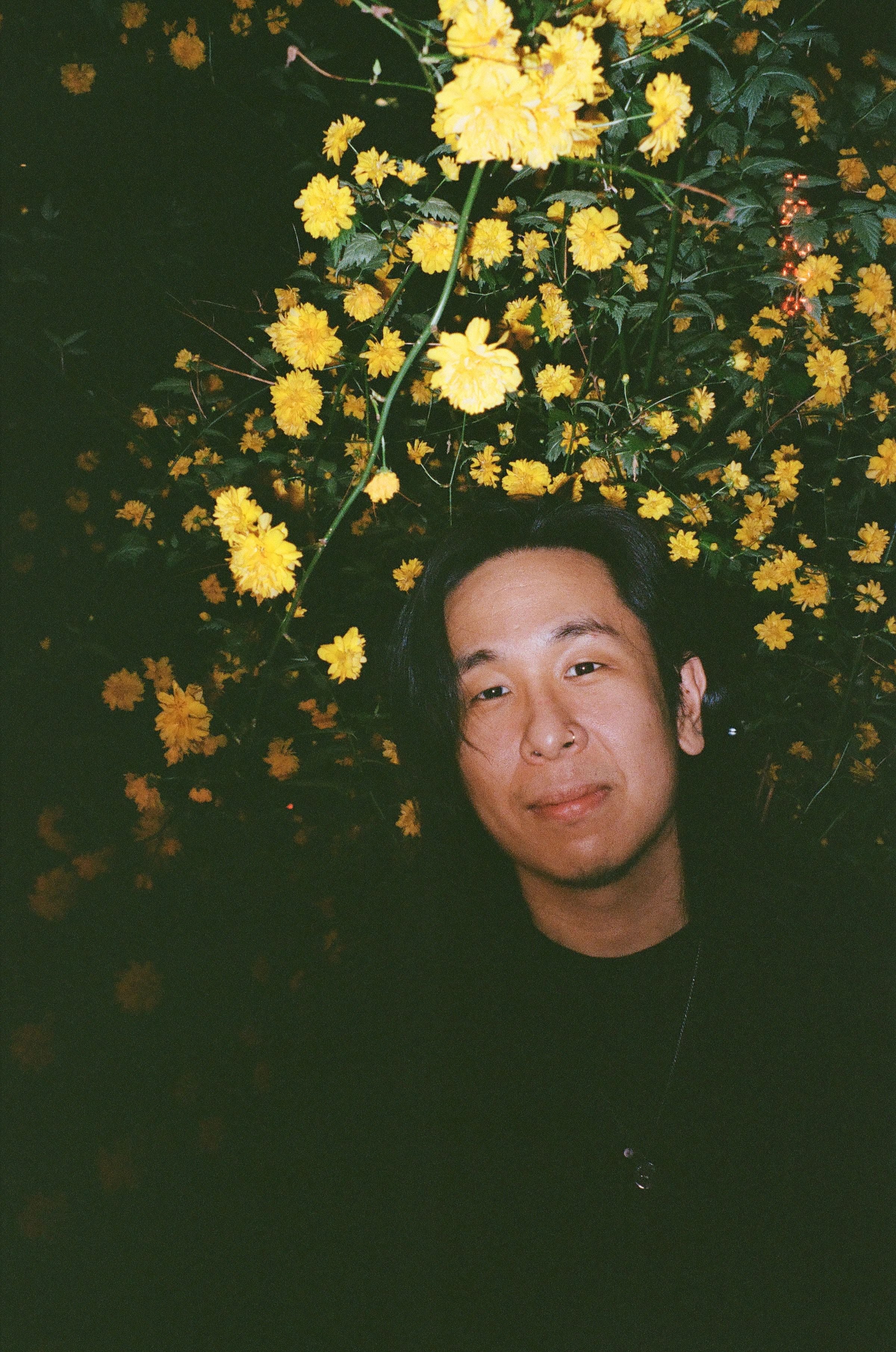Eric Hu’s design practice has taken many forms. Before pivoting to full-time independent work in 2019, Hu worked at Nike, as the brand’s global des

Eric Hu’s design practice has taken many forms. Before pivoting to full-time independent work in 2019, Hu worked at Nike, as the brand’s global design director for sportswear. Before that, he was head of design for SSENSE, a Canadian fashion retailer known for its au courant selections and imposing print magazine. Across album covers, magazine spreads and top-to-bottom brand identities, Hu’s work is elegant and composed – even at its most experimental, it’s always grounded in a sense of clarity.
That’s the principle he’s brought to Monarchs, a new collection of visual artworks attached to NFTs, or non-fungible tokens. Each piece is a twinkling, pointillist interpretation of a butterfly with a randomized set of visual traits.
As with popular NFT projects like Bored Ape Yacht Club or Lazy Lions, minting a Monarch NFT is a little like rolling the dice: you won’t know what you’re getting until you buy in, and the exact combination of traits is different every time. Some wing shapes and body types are rarer than others, and potentially more valuable. It’s what’s known as a “generative” project: the code determines which pieces are assigned which attributes.
Hu priced his NFTs at .8 ETH ($2,800) each, and limited initial purchases to one per person. When the full supply of 888 Monarchs sold out yesterday afternoon, Hu and his collaborators came away with around $2.5 million.
Excited to announce Monarchs, a generative #NFT series I created with one of my best friends @roytatum. 888 unique editions. Minting begins October 7. Full details here: https://t.co/3qE5Bn8ZAv
— Eric Hu (@_EricHu) October 1, 2021
“I think yesterday was definitely the most emotional day that I can remember in a long time,” he told CoinDesk on Thursday. There were hiccups – the problem of exclusivity, and a so-called “gas war” that jacked up fees on the Ethereum blockchain – but on the whole, Hu said, the launch exceeded his wildest expectations.
After Bored Ape
Hu got his start in crypto in February, courtesy of Dee Goens, a co-founder of the NFT startup Zora. “He reached out and he just video chatted me, and walked me through just the whole process. I installed MetaMask over video chat in front of him,” he said, referring to the Ethereum wallet software that’s become the bread and butter of the NFT ecosystem. “I think after that process, I was really hooked.”
Hu has also spent the last eight months as a member of Friends with Benefits (FWB), the crypto-backed social club that’s now one of the most important (and exclusive) incubators in the NFT space. As a kind of thank you to the community, FWB members were given first dibs on the Monarchs pre-sale.
For Hu, the bridge into NFT art was in some ways a natural extension of the design work he’d already been doing:
“I think a lot in terms of, how do I make, like, modular Lego pieces that other people can rearrange and remix. This generative process where I don’t necessarily know the final results, but I know I could design individual pieces in a way that makes them blend well with other pieces – that’s always been a kind of central telos of my design practice.”
NFTs are just a kind of cryptocurrency – tokens that work as proof of ownership for media files. To mint a file “as an NFT” is just to assign it a token. But Hu said he was more interested in the idea that the code itself could inform the aesthetics of the work. Taking inspiration from Saul Bass’ stippled poster for The Shining, as well as the NFT project Solvency, Hu was aiming for something digital-first, from conception to production.
The smart contract itself, which generated the individual works, was modeled after the code from Bored Ape Yacht Club. It’s a recognizable template – x number of tokens, each tied to a subtle variation on an animal-themed image. Boring Bananas, Weird Whales, Lazy Lions, Cool Cats, and Bad Bunnies are among the most popular, but developers are (still, somehow) coming up with new alliterative NFT collections all the time.
Most of the art behind those projects is garish and cartoony; they’re closer to Beanie Baby-style collectibles than digital artworks that can hold up on their own. Hu was aiming to give this tired trend a fresh coat of paint.
“One of the good things about also just having a programming background, at least in a small sense, is that I’m able to look past a lot of what I call the ‘decoration’ or the aesthetics, and just see the underlying structure,” he said. “And seeing a lot of those Lazy Lions and collectibles, I knew it was a bunch of random body parts mixed together.”
Just added this investment asset to my portfolio 🤫 https://t.co/ULAIxxRPxN pic.twitter.com/MRAmPfv0Gg
— Will 🦥 Menaker (@willmenaker) October 6, 2021
Monarchs is the same basic concept, with an aesthetic informed by Hu’s design background.
The final piece was animation, which came from Hu’s old college friend, the artist Roy Tatum. “When…
www.coindesk.com
